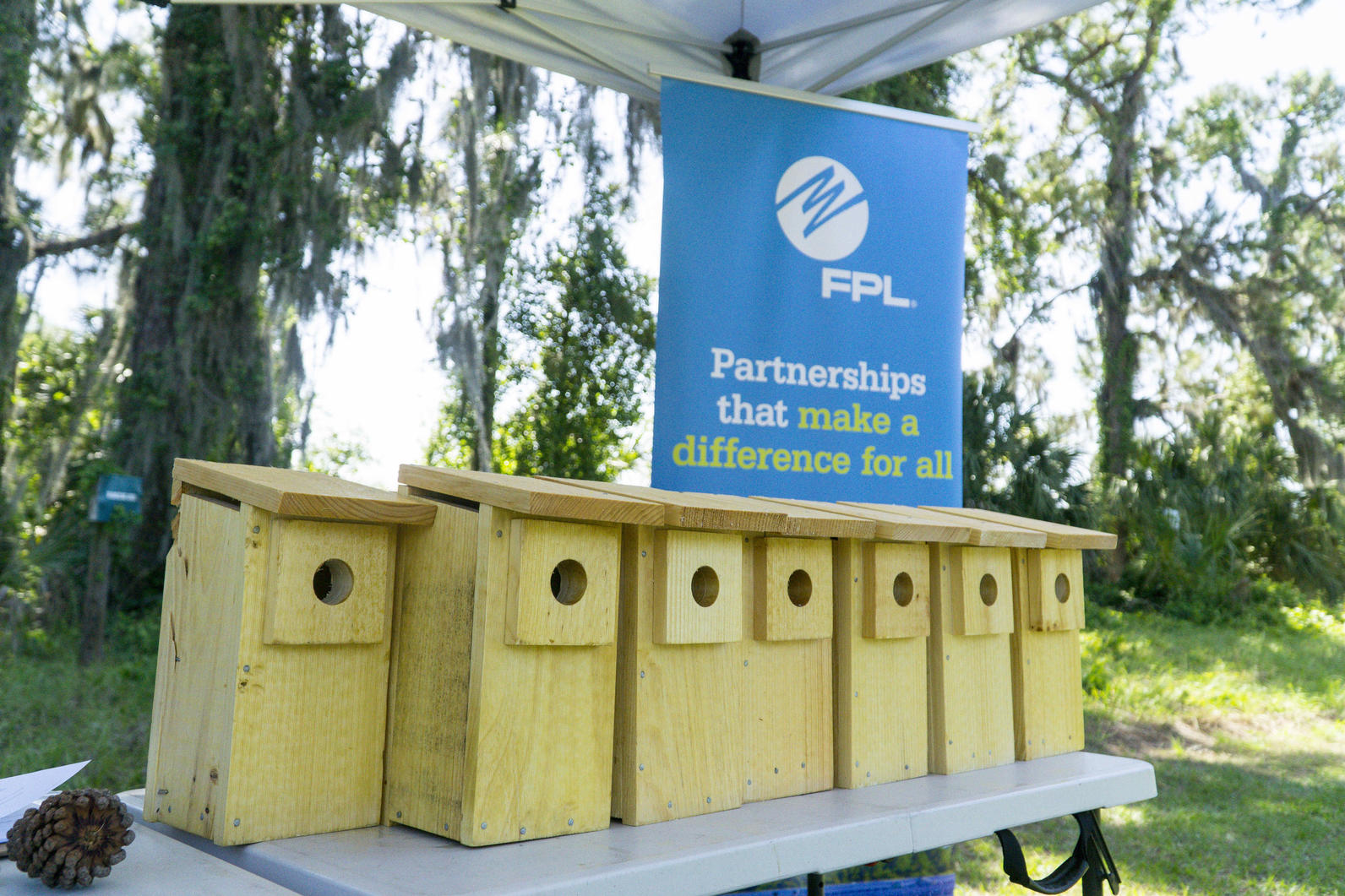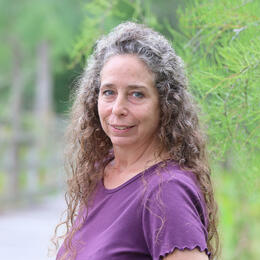Florida is home to 45 independent Audubon chapters. Stretching from the Panhandle to the Florida Keys, these volunteer-driven organizations range from 100 to 4,000 members who collectively put in over 30,000 hours each year on projects to improve local habitat for birds and people.
Supported by Florida Power & Light Company (FPL) through its charitable arm, the NextEra Energy Foundation, Audubon Florida is administering $25,000 in grant funding to help chapters improve bird habitat in their communities through Audubon’s Plants for Birds program.
Applications for the new grant program were submitted this fall and 12 chapters were awarded 2019 grants, including one chapter that will receive additional grant funding through the foundation of FPL’s sister company, Gulf Power.
The chapters receiving FPL Grant Awards in 2019 included:
- Francis M. Weston Audubon
- Apalachee Audubon
- Audubon Everglades
- Hernando Audubon
- Manatee County Audubon
- Peace River Audubon
- Pelican Island Audubon
- Sanibel-Captiva Audubon
- Southeast Volusia Audubon
- South Florida Audubon
- St. Lucie Audubon
- Tropical Audubon
“The program focuses on more than just native plants,” says Jacqui Sulek, Chapter Conservation Manager for Audubon Florida, “It is about creating habitat. Many of our chapters are taking that concept to the next level.”
Manatee County Audubon Earns FPL Grant
When Manatee County Audubon accepted the donation of the 30-acre Felts Preserve near Sarasota, they also accepted a big management responsibility. Since the preserve’s inception, it has been a challenge to keep the land in pristine condition. Exotic plants threaten to take over the native plant community, and land managers struggled to maintain this fire-dependent habitat without the use of fire, due to the proximity of nearby communities. Their preserve, which had once been home to many species, including Eastern Bluebirds, no longer provided the habitat birds needed.
“It takes money and a long-term commitment to manage a property like Felts Preserve,” says Sulek.
With past grant funds, Manatee Audubon members built bluebird nest boxes and planted native plants. They were also able to hire a contractor to mow the meadow (as an alternative to prescribed fire) and install a 1,200-gallon rainwater capture-and-storage tank with a solar-powered pump to enable their new plants to thrive. Members soon began seeing Eastern Bluebirds return to the property. In 2019, Manatee was awarded one of the FPL/Audubon Plants for Birds grants to further expand their capacity. Their goal? For Felts Preserve to provide a fantastic resting place for migrating birds and a wonderful home for the birds that live there year-round.
“There’s no doubt that, without the grant funds, we would not have been able to achieve the progress that we have so far,” said Manatee County Audubon Treasurer, Jim Stephenson.
Each year, the chapter hosts between 800 and 3,000 local students, who gain first-hand experience with native plants and the birds that rely on them. Now, students can see bluebirds in their nest boxes, while also learning about renewable energy and water conservation.
With a remarkable diversity of habitats, Florida is home to more than 500 species of birds, including year-round residents, seasonal nesters, and those passing through. Because many neotropical songbird migrants, facing the daunting odds of long overwater flights, stop in Florida during migration in fall and spring, ample food, clean water, and shelter are critical to their survival. The Plants for Birds program underscores the importance of restoring native plants to our landscapes and provides resources to support these birds.






